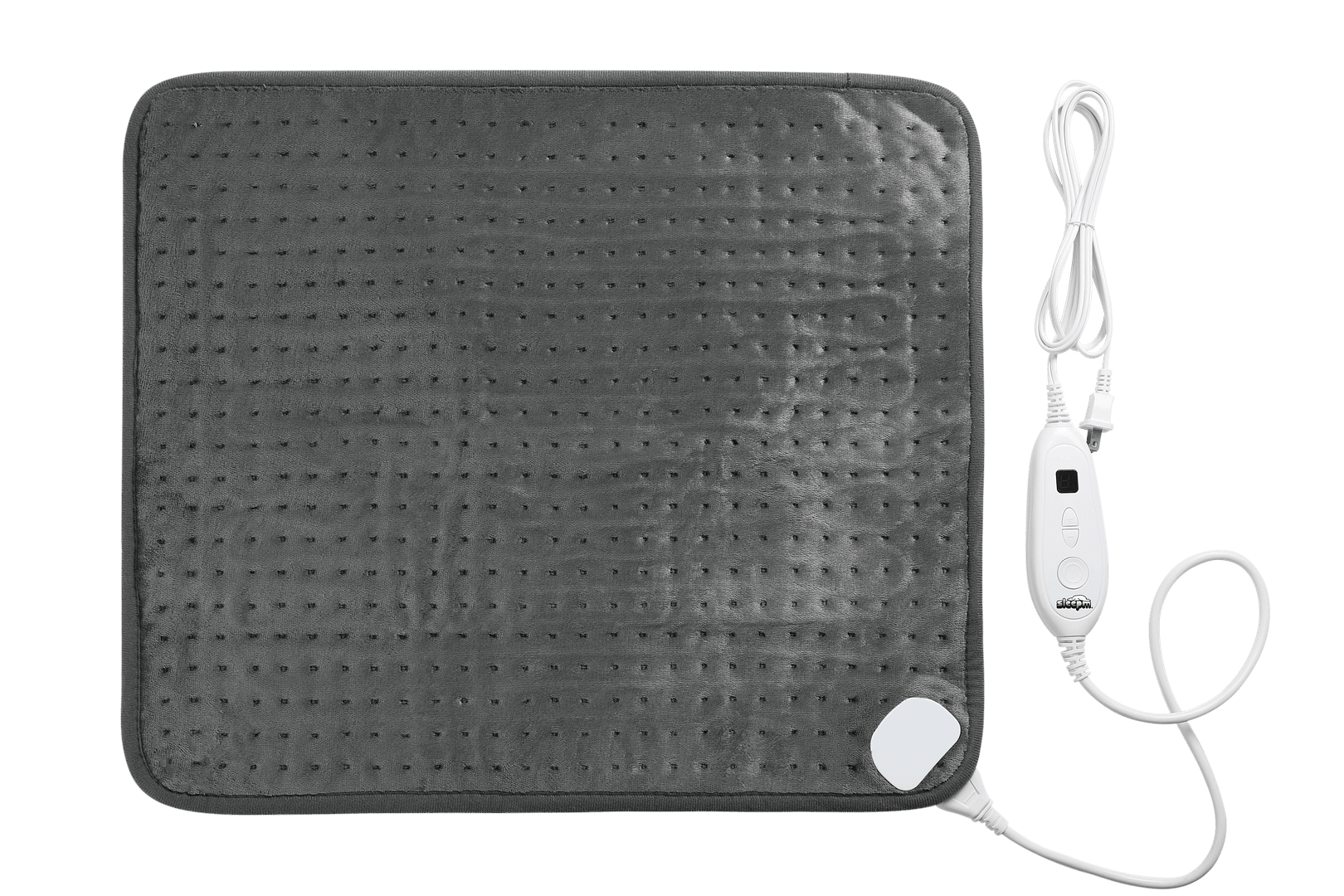As we delve into the realm of comfort and wellbeing, the question arises: “Can I sleep with a heating pad?” This inquiry resonates with many individuals seeking solace in their slumber. The allure of warmth, especially during the chilly months or in the face of persistent discomfort, draws many to the embrace of a heating pad. There’s no denying that the soothing heat can make one feel cozy, relaxed, and even pain-free. However, is it safe to nestle into bed with a heating pad wrapped around you? The answer encompasses a myriad of factors including health considerations, safety precautions, and personal comfort levels.
Historically, heating pads have held a revered status in the pantheon of home remedies. They have been employed to alleviate muscle tension, reduce inflammation, and promote relaxation. This age-old practice of applying warmth to the body invokes feelings of safety and security, akin to the sensation of a warm embrace. The physiological effects of heat can increase blood flow to affected areas, aiding in healing and providing temporary relief from discomfort. Yet, despite these benefits, caution must be emphasized when integrating this tool into nightly routines.
First and foremost, it’s imperative to consider the potential risks associated with using a heating pad while sleeping. One of the primary dangers is the risk of burns, particularly with prolonged exposure to heat. Sensitive skin can react adversely, especially for individuals with conditions such as diabetes or neuropathy, where sensory perception may be impaired. Additionally, sleeping with a heating pad can pose a fire hazard if the device is left unattended for too long. Thus, understanding the boundaries of safe usage becomes paramount.
There are various types of heating pads available on the market today, ranging from traditional electric models to newer, innovative microwavable versions filled with materials like rice or flaxseed. Each type has its merits and drawbacks. Electric heating pads, while effective in providing consistent warmth, often come equipped with timers and automatic shut-off features to mitigate the risks associated with prolonged use. Conversely, microwavable pads can supply comforting heat, yet they require vigilance in ensuring they do not become overheated or emit any unpleasant odors, indicative of burning contents.
For those who decide to indulge in the warmth of a heating pad while drifting off to sleep, several recommendations can enhance safety. It is wise to opt for a heating pad designed for nighttime use, often featuring adjustable heat settings and an automatic shut-off mechanism. This can provide you with peace of mind as you transition from consciousness into sleep. Additionally, layering a thin blanket over the heating pad can provide a protective barrier, ensuring your skin does not come into direct contact with the heat source, thus reducing the risk of burns.
Moreover, using a heating pad as part of a broader bedtime ritual can aid in enhancing the quality of sleep. Pairing the warmth with mindful practices such as deep breathing or gentle stretching can create a holistic approach to relaxation. In this way, the heating pad transcends mere functionality and becomes a conduit for serenity. The gentle, enveloping warmth can encourage not only physical relaxation but also mental tranquility, allowing individuals to release the day’s tensions and sink into a peaceful slumber.
However, the idea of using a heating pad while sleeping is not universally endorsed. There exists a faction of healthcare practitioners who advise against it for certain populations, such as those with certain cardiovascular conditions or those who are pregnant. Consulting with a healthcare professional can clarify any doubts and ensure that the decision aligns with your overall health profile.
Research also suggests that the timing and duration of heat exposure can influence its effectiveness. For instance, applying heat therapy for limited periods—typically no longer than 20-30 minutes—before stowing the pad away can optimize benefits while minimizing risks. It’s also advisable to listen to one’s body; discomfort, sweating, or significant changes in sensation should provoke an immediate reconsideration of the use of heat.
Interestingly, the fascination with heating pads extends beyond physical relief; it speaks to a deeper human desire for comfort and self-care. In a world that often feels overwhelming, bowing down to the simple pleasure of warmth can enhance our collective wellness. It reminds us that caring for our bodies is not a luxury but a necessity in our fast-paced lives. This very act of nurturing oneself can lead to profound improvements in mood and wellbeing, reinforcing the idea that personal comfort and health are inextricably linked.
In navigating the question of whether one can sleep with a heating pad, it’s clear that while the benefits can be enticing, the potential risks cannot be overlooked. Carefully weighing these factors and adopting prudent practices can foster a safe and soothing experience. After all, sleep is not merely a physical necessity; it’s a pivotal component of emotional and mental health. When embraced thoughtfully, the humble heating pad can contribute significantly to the art of restful slumber, allowing individuals to wake up rejuvenated and ready to face the day ahead.
